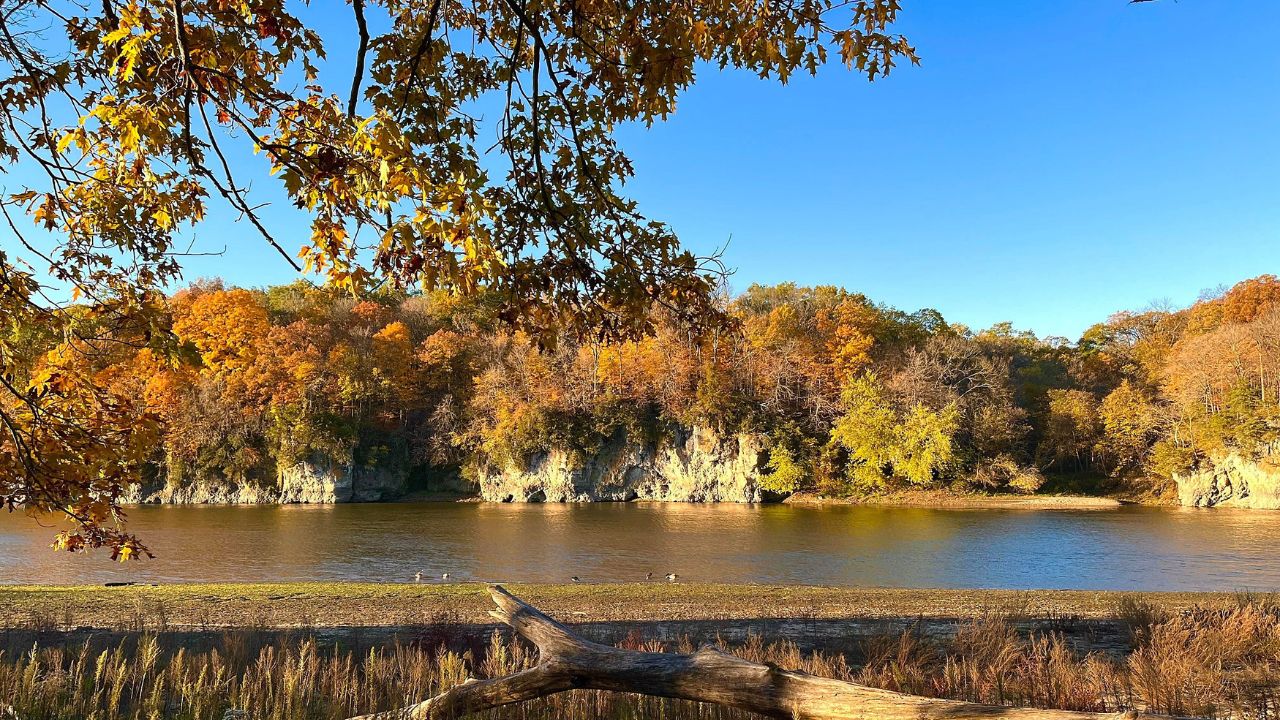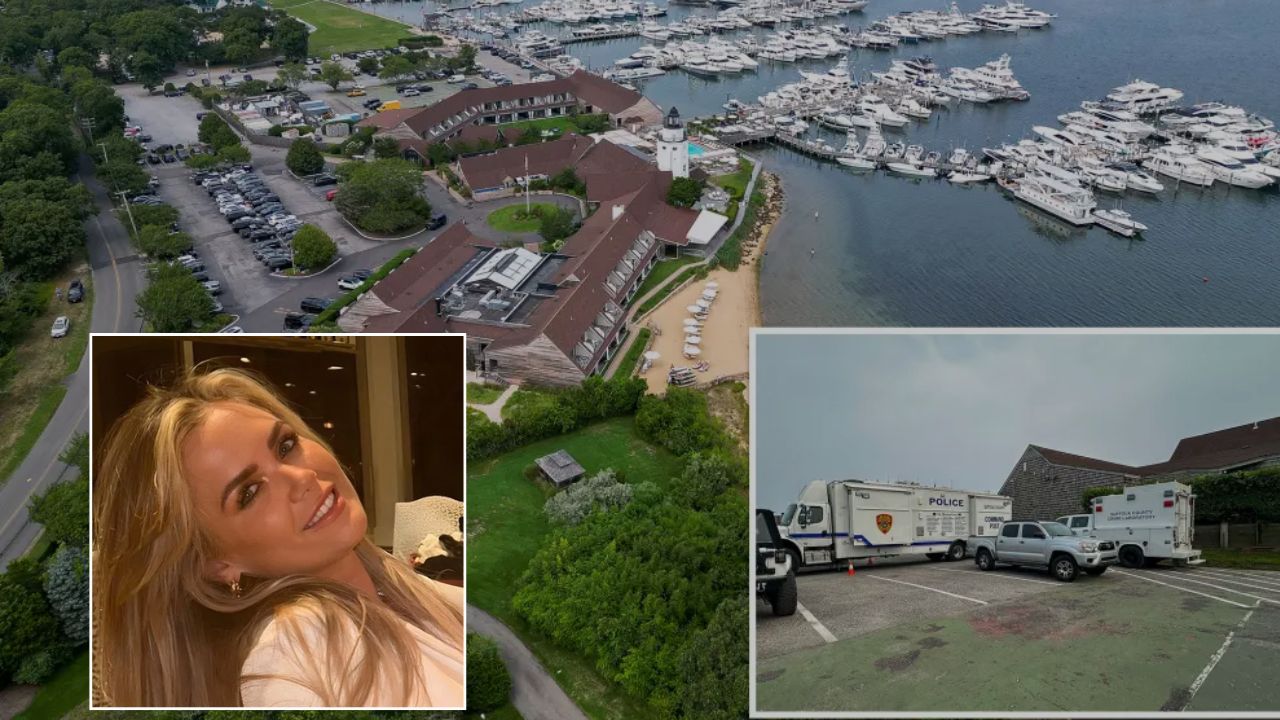Mount Vernon, IA – Tucked along the scenic Cedar River, Palisades-Kepler State Park has long been a popular destination for outdoor lovers. But behind its natural charm lies a more ominous reputation: the park has been repeatedly listed as one of the most dangerous tourist attractions in the United States.
Located just west of Mount Vernon, this rugged Iowa park draws thousands annually for its trails, cliffs, and riverside views. Unfortunately, those same features have proven deadly on multiple occasions.
Unpredictable and Hazardous Waters
The biggest threat at Palisades-Kepler comes from the Cedar River, whose swift and shifting currents have claimed several lives over the past decade. Despite posted warnings, visitors often underestimate the river’s power.
“The river looks calm on the surface,” a park official said, “but underneath, the currents can change quickly and unpredictably.”
In one tragic 2011 incident, a man drowned while trying to save children who had been swept away. In 2019, two drowning deaths occurred within two weeks of each other—despite rescue attempts and visible signage. Park rangers remind visitors that the area is not a designated swimming beach and caution that depths change rapidly, creating dangerous drop-offs.
Beyond the River: Cliffs and Collapses
Water isn’t the only danger at Palisades-Kepler. The Cedar Cliff Trail, one of the park’s most visited hikes, presents steep terrain and rocky overhangs. In 2020, a hiker fell to his death from one of these cliffs, highlighting the risks of venturing off marked trails.
“It’s not just about the river,” said one local rescuer. “The trails are beautiful, but some parts are risky if you’re not paying attention or if the weather changes suddenly.”
Following a major storm in 2020, the park was temporarily closed due to tree falls, hanging limbs, and unstable bluffs. Even after reopening, officials warned of lingering dangers, particularly in forested and cliffside areas.
Park Management and Ongoing Risks
Despite repeated fatalities, Iowa’s Department of Natural Resources (DNR) has not banned swimming at Palisades-Kepler. Instead, officials emphasize personal responsibility, urging visitors to use extreme caution.
“We can put up signs, but we can’t control individual behavior,” a DNR spokesperson told local media.
Even rescue missions have proven hazardous, with fast water and hidden debris posing dangers to trained professionals. In most cases, accidents involve well-meaning visitors who either misjudge the conditions or get caught while attempting rescues.
Read Also: This Maryland Site Ranked Among Most Dangerous Tourist Attractions in U.S.
How to Stay Safe When Visiting
While the risks are real, the park remains open—and many still find its untamed beauty worth the visit. For those planning a trip, experts suggest taking these precautions:
- Avoid swimming in the Cedar River, especially during or after rain.
- Heed all warning signs and stay on marked trails.
- Watch children closely at all times.
- Wear proper footwear on rocky paths and avoid cliff edges.
- Check the weather and water conditions before visiting.
A Place of Beauty and Risk
Palisades-Kepler State Park is both a natural treasure and a sobering reminder of how quickly scenic adventures can turn deadly. It’s this balance—of breathtaking vistas and hidden hazards—that has earned it a place among America’s most dangerous tourist spots.
Planning a trip to Palisades-Kepler? Let us know in the comment section of newyorkdailygazette.com, how you prepare for safety in wild places—or if the risks change your mind.








